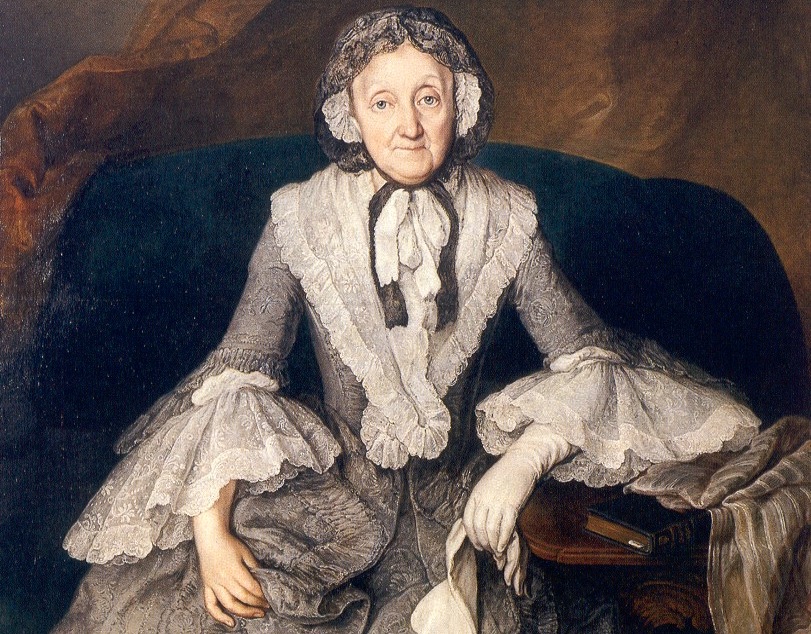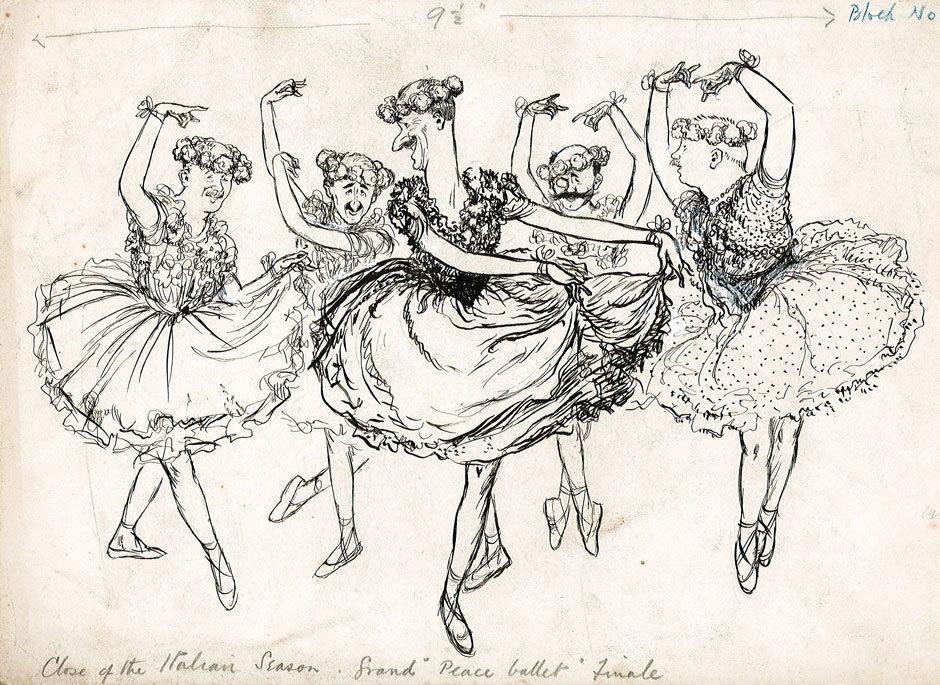Hubble just looked back a whopping 12.9 billion yearsin time.
The lesbian oral sex videoslegendary space telescope captured light from the most distant individual star humanity has ever seen. Hubble's observation smashes the previous record by around 4 billion years. The European Space Agency (ESA), which runs the telescope with NASA, announced the record-breaking observation on March 30.
The star is highly "red-shifted," meaning this ancient light has been stretched as it travels away from us in the ever-expanding universe. To us Earthlings, such warped and stretched light appears in red, which is the longest wavelength of visible light.
"We almost didn’t believe it at first, it was so much farther than the previous most distant, highest redshift star," Brian Welch, an astronomer at Johns Hopkins University, said in a statement. Welch led the research about the detection, which was also published in the science journal Nature.
The now-famous star, dubbed "Earendel" for "morning star" in Old English, is shown by the arrow in the zoomed-in Hubble image below.
 The extremely distant star "Earendel" is designated by an arrow. Credit: NASA / ESA / B. Welch (JHU) / D. Coe (STScI) / A. Pagan (STScI) SEE ALSO: What the giant James Webb telescope will see that Hubble can't
The extremely distant star "Earendel" is designated by an arrow. Credit: NASA / ESA / B. Welch (JHU) / D. Coe (STScI) / A. Pagan (STScI) SEE ALSO: What the giant James Webb telescope will see that Hubble can't NASA's Webb telescope just got some excellent news
6 things to know about NASA's moon-bound megarocket
The space race forged immortal rock and roll guitars
It's near impossible for our space telescopes to currently detect a single star in the deep, deep, deep cosmos. (Even stars like Earendel, which are 50 times more massive than the sun and millions of times brighter.)
"Normally at these distances, entire galaxies look like small smudges, the light from millions of stars blending together," Welch explained.
Yet a trick of the cosmos magnified Earendel, making it visible.
Massive objects in the universe warp space, somewhat like a bowling ball sitting atop a mattress. In this case, a cluster of galaxies (WHL0137-08) exists between Earth and the extremely distant star Earendel. The galaxies have warped the fabric of space, and in doing so, created a "powerful natural magnifying glass that distorts and greatly amplifies the light from distant objects behind it," the ESA said.
This Tweet is currently unavailable. It might be loading or has been removed.
Earendel happens to be located on or near a "ripple" created in space, which ultimately made such potent magnification. "The effect is analogous to the rippled surface of a swimming pool creating patterns of bright light on the bottom of the pool on a sunny day," the ESA explained. "The ripples on the surface act as lenses and focus sunlight to maximum brightness on the pool floor."
The Hubble Telescope, orbiting some 340 miles above Earth, continues to make unprecedented observations more than 30 years after it started peering at the cosmos. A brand new observatory, the powerful James Webb Space Telescope, has now joined Hubble in space. Webb will soon begin its observations, peering at the earliest galaxies ever formed as well as mysterious planets in our own Milky Way.
(Editor: {typename type="name"/})
 Two Knickerbocktrixes Knickering: A Story by Robert Walser
Two Knickerbocktrixes Knickering: A Story by Robert Walser
 Two Hundred Years Ago Today, Lord Byron Got Soused
Two Hundred Years Ago Today, Lord Byron Got Soused
 Seeking Soul Cakes: A Halloween Song
Seeking Soul Cakes: A Halloween Song
Amazon CEO tries to sell kids on working on the moon
 Despite all the innovations around us, kids still need as much encouragement as possible to become t
...[Details]
Despite all the innovations around us, kids still need as much encouragement as possible to become t
...[Details]
Google Pixel 8, Pixel 8 Pro officially announced.
 Say hello to the new Pixel 8 and Pixel 8 Pro!Google finallystopped messing around with leaks and rum
...[Details]
Say hello to the new Pixel 8 and Pixel 8 Pro!Google finallystopped messing around with leaks and rum
...[Details]
Coping with the Mets’ World Series Loss: Don’t Get Angry
 MudvilleBy Sadie SteinNovember 2, 2015Our Daily CorrespondentI have friends who rhapsodize about the
...[Details]
MudvilleBy Sadie SteinNovember 2, 2015Our Daily CorrespondentI have friends who rhapsodize about the
...[Details]
Why Do Fairy Tales Turn Old Women into Victims?
 Give Those Old Ladies a Break, and Other NewsBy Dan PiepenbringOctober 29, 2015On the ShelfJoachim M
...[Details]
Give Those Old Ladies a Break, and Other NewsBy Dan PiepenbringOctober 29, 2015On the ShelfJoachim M
...[Details]
Did Elon Musk push former FAA leader out? Trump admin responds after deadly plane crash
 In the late evening hours of Jan. 29, a U.S. Army helicopter collided with a descending American Air
...[Details]
In the late evening hours of Jan. 29, a U.S. Army helicopter collided with a descending American Air
...[Details]
How to watch ICC Cricket World Cup: key dates, streaming services, VPN deals, and more
 Stream every ICC Cricket World Cup match live with these deals: BEST OVERALL
...[Details]
Stream every ICC Cricket World Cup match live with these deals: BEST OVERALL
...[Details]
New PS5 owners: Get a free game before Oct. 20
 UPDATE: Oct. 4, 2023, 3:07 p.m. EDT Kotakureports that the free game deal for new PlayStation 5 owne
...[Details]
UPDATE: Oct. 4, 2023, 3:07 p.m. EDT Kotakureports that the free game deal for new PlayStation 5 owne
...[Details]
E. H. Shepard’s Wartime Drawings
 Dancing in the Trenches, and Other NewsBy Dan PiepenbringOctober 26, 2015Arts & CultureE. H. She
...[Details]
Dancing in the Trenches, and Other NewsBy Dan PiepenbringOctober 26, 2015Arts & CultureE. H. She
...[Details]
Use Gmail Filters to Automate your Inbox
On Robert Aickman’s “Ringing the Changes”
 Ringing the ChangesBy Sadie SteinOctober 30, 2015Our Daily CorrespondentThere’s always the temptatio
...[Details]
Ringing the ChangesBy Sadie SteinOctober 30, 2015Our Daily CorrespondentThere’s always the temptatio
...[Details]
The White House might have inflated Trump's golf record, because this is how we live now

Patricia Highsmith’s Morbid Unpublished Essay on Greenwood

接受PR>=1、BR>=1,流量相当,内容相关类链接。